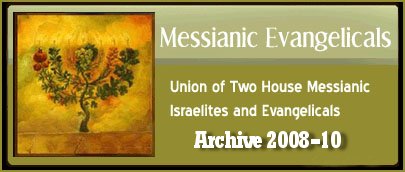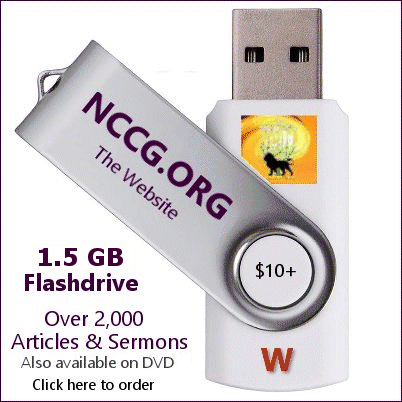RESOURCES
5-144000
A
B
C
D
E
F
G
H
I
J
K
L
M
N
O
P
Q
R
S
T
U
V
W
Y
Z
|
|

|
Zohar & Kabbalism
Posted by Lev/Christopher on July 30, 2008 at 1:54am
in Biblical Mysticism
"The Zohar (Hebrew: זהר, lit Splendor or Radiance) is widely considered the most important work of Kabbalah, or Jewish mysticism. It is a mystical commentary on the Torah (the five books of Moses), written in medieval Aramaic. It contains a mystical discussion of the nature of God, the origin and structure of the universe, the nature of souls, sin, redemption, good and evil, and related topics." ( http://en.wikipedia.org/wiki/Zohar )
In this thread we ask whether the Zohar has anything useful to teach us about Torah or whether its underlying philosophy is occultic and theosophistic. Zohar and Kabbalah are important in many Judaic and Messianic Circles but are they kosher (clean)?
-
Reply by Lev/Christopher on July 30, 2008 at 2:06am
-
-
-
Reply by Lev/Christopher on July 30, 2008 at 2:16am
-
-
-
Reply by Lev/Christopher on August 13, 2008 at 10:45am
-
-
-
Reply by Lev/Christopher on August 13, 2008 at 10:47am
-
-
-
Reply by Lev/Christopher on August 13, 2008 at 10:49am
-
-
-
Reply by Lev/Christopher on August 13, 2008 at 10:50am
-
-
-
Reply by Lev/Christopher on August 13, 2008 at 10:51am
-
-
-
Reply by Lev/Christopher on August 13, 2008 at 10:52am
-
-
-
Reply by Lev/Christopher on August 13, 2008 at 11:42am
-
-
-
Reply by Lev/Christopher on August 13, 2008 at 11:45am
-
-
-
Reply by Lev/Christopher on August 13, 2008 at 11:46am
-
-
Reply by Lev/Christopher on August 13, 2008 at 11:46am
-
|


This page was created on 5 May 2010
Updated on 5 May 2010
Copyright © 1987-2010 NCCG - All Rights Reserved
|
|


